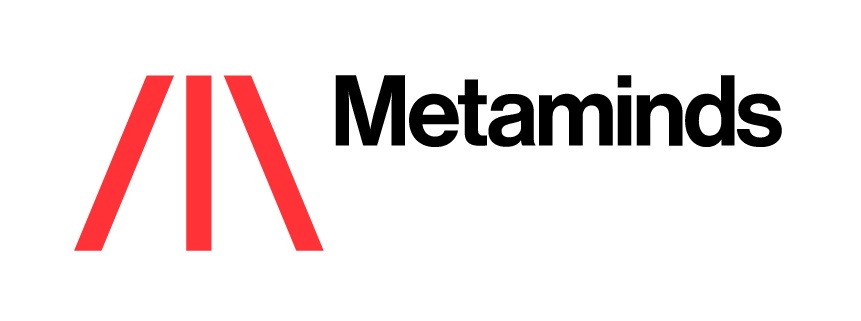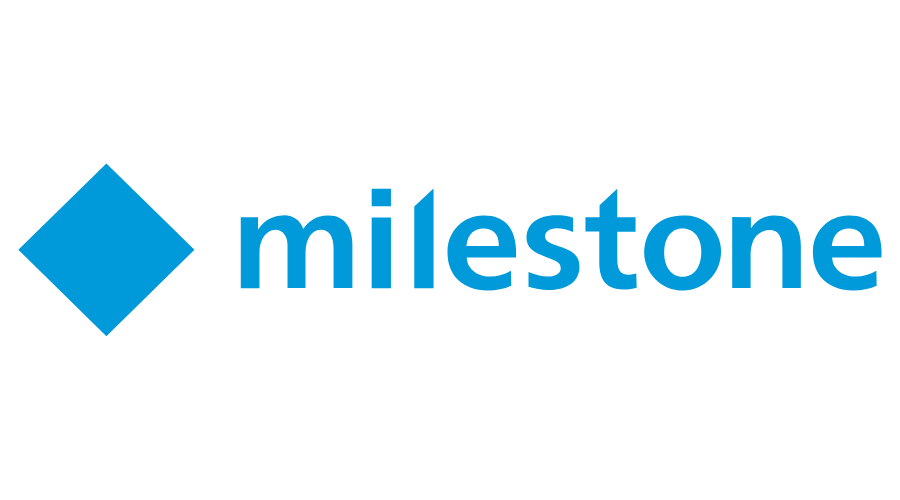The boundary between online and offline shopping is becoming increasingly vague. There is an evident retail trade trend towards the omnichannel, i.e., combining various sales channels tailored to the consumer’s individual needs.
This requires a development of e-commerce which has significantly accelerated recently. In the last 5 years, share of online sales in Central and Eastern Europe grew by 9 pp to 15%, and in 4 years’ time is bound to amount to 20% – according to CBRE‘s forecasts.
 ”Online shopping’s share in commerce in the CEE region has been regularly growing for many years. The pandemic was the impulse which accelerated this growth even further and which will keep dictating the growth rate in the next few years. The most popular categories of goods purchased online include electronic goods with a 14% market share, and clothes & footwear with 10% of all purchases. It should be added that except for the pandemic year 2020, offline shopping is also growing and forecasts for this market are optimistic as well. The biggest category of goods purchased in traditional retail stores is food. Its current share in the CEE region is 59% and is one of the fastest growing categories, along with electronic goods and health & beauty. Sales of grocery dominated in the structure of all CEE countries, and it had the largest share of overall retail sales in Romania, where it represented a staggering 66% of all consumer spending in brick-and-mortar stores”, says Carmen Ravon, Head of Retail Occupiers CEE, CBRE.
”Online shopping’s share in commerce in the CEE region has been regularly growing for many years. The pandemic was the impulse which accelerated this growth even further and which will keep dictating the growth rate in the next few years. The most popular categories of goods purchased online include electronic goods with a 14% market share, and clothes & footwear with 10% of all purchases. It should be added that except for the pandemic year 2020, offline shopping is also growing and forecasts for this market are optimistic as well. The biggest category of goods purchased in traditional retail stores is food. Its current share in the CEE region is 59% and is one of the fastest growing categories, along with electronic goods and health & beauty. Sales of grocery dominated in the structure of all CEE countries, and it had the largest share of overall retail sales in Romania, where it represented a staggering 66% of all consumer spending in brick-and-mortar stores”, says Carmen Ravon, Head of Retail Occupiers CEE, CBRE.
The online channel for all commerce in Central and Eastern Europe currently covers 15%, with the remaining 85% being offline shopping. Between 2016 and 2021 alone, the share of e-commerce grew by 9 pp, from 6% to 15%, and by 2026 it may even cover as much as one-fifth of the retail sector, according to CBRE’s estimates. Growths are seen in nearly all categories of products. In the last 5 years, however, it was the sale of food and drinks that grew the fastest; its share in e-commerce had previously been marginal, while late in 2021 it was as high as 5% of the market. Toys and games as well as household goods have also started to show their presence even stronger, jointly claiming circa 2% of all online shopping.
Romanians shop online more and more
Although of all countries in the region, Czechia and Poland stand out the most in terms of online shopping, according to CBRE’s forecasts, Romania’s share of e-commerce is on an ascending trend on the short to medium term, in next 4 years being estimated to cover as much as 15% of total retail sales. Even so, there will be plenty room for more growth, as the average for Central and Eastern Europe is forecasted to 20% in 2026.
In a contrast to other countries of the region the Romanians usually buy Apparel & Footwear, category that had the highest share in online sales in Romania in 2021. Online purchases of Consumer Electronics are the second most popular in our country, whilst it scores best in all the other countries of CEE Region. Third most popular category in Romania is Food & Drinks, followed by Homewares & Home Furnishings and Media Products.
We still enjoy shopping in stores
In line with the omnichannel trend, growth of online retail channels goes hand in hand with a growing number of traditional shops. Except for 2020, when markets had to face lockdowns to the greatest extent, the sector kept growing. It survived the hardest time, and high numbers of visitors once the shops had opened showed that the consumers want to shop offline. CBRE’s forecasts show that by 2026 this market sector might grow by 10%.
Omnichannel has grown deeper roots
There is a clear overlapping of both sales channels from the consumer’s point of view, but also from the perspective of a retail chain. The warehouse space leased by the chain is often used to fulfil orders to be shipped to brick-and-mortar stores, as well as to dispatch those placed online by individual customers. By combining various channels, sale and return forms, they may not only stand out on the market, guaranteeing comfort and individual approach to their customers, but also use their warehouse space more efficiently, among other things.
 ”The retail and industrial and logistics sectors will face new challenges and should complement each other in order not to just connect but to integrate online and traditional channels as this approach brings the most benefits to everyone – retailers and customers. Pure e-commerce is evolving and online ordering, and home delivery is simply not enough now. The customer experience in shops demands new, technically advanced solutions, whilst ESG aspect and high fuel costs are influencing consumer habits and retailers’ strategies”, says Victor Răchită, Head of Industrial and Logistics Services, CBRE Romania.
”The retail and industrial and logistics sectors will face new challenges and should complement each other in order not to just connect but to integrate online and traditional channels as this approach brings the most benefits to everyone – retailers and customers. Pure e-commerce is evolving and online ordering, and home delivery is simply not enough now. The customer experience in shops demands new, technically advanced solutions, whilst ESG aspect and high fuel costs are influencing consumer habits and retailers’ strategies”, says Victor Răchită, Head of Industrial and Logistics Services, CBRE Romania.






























